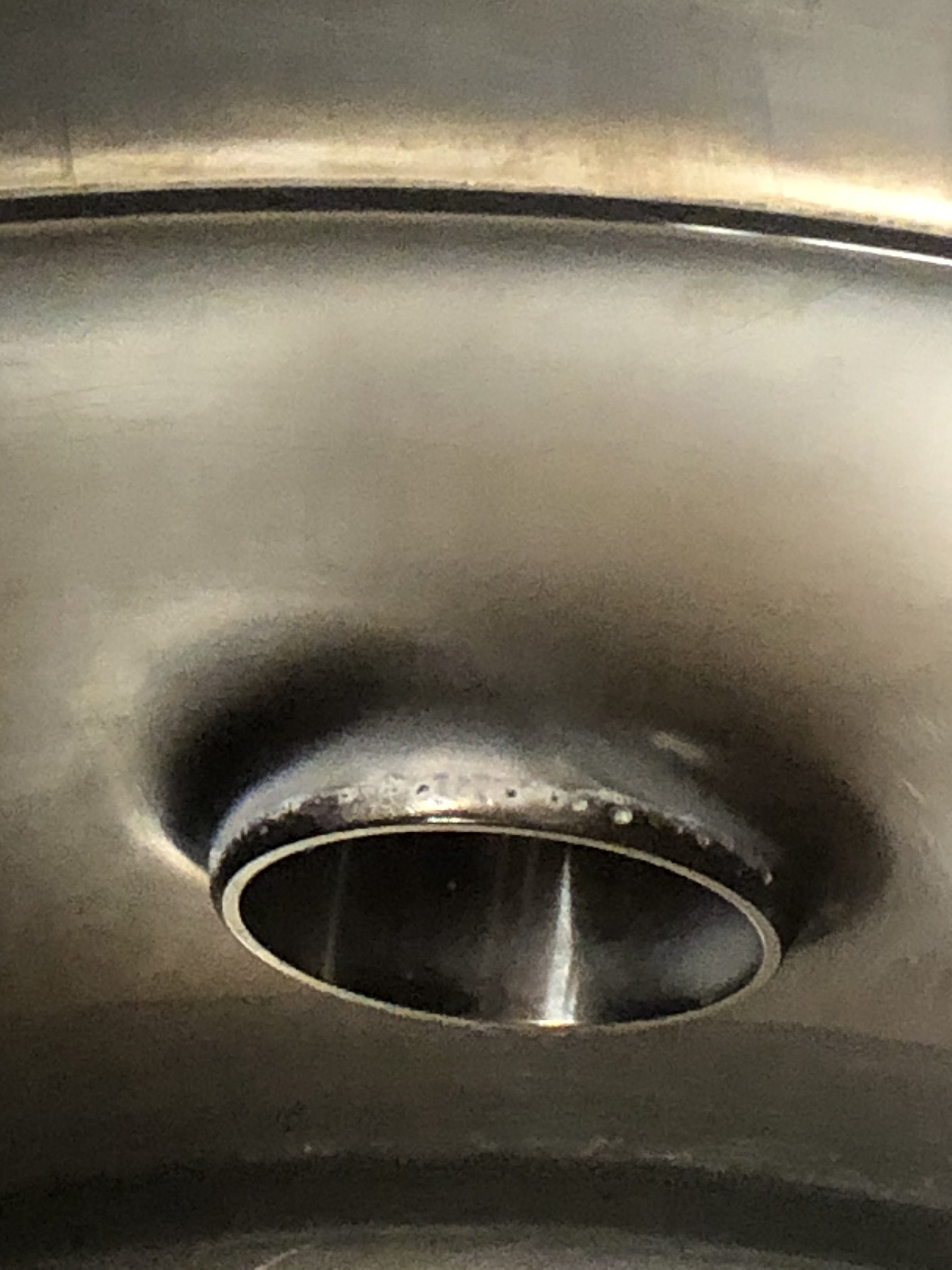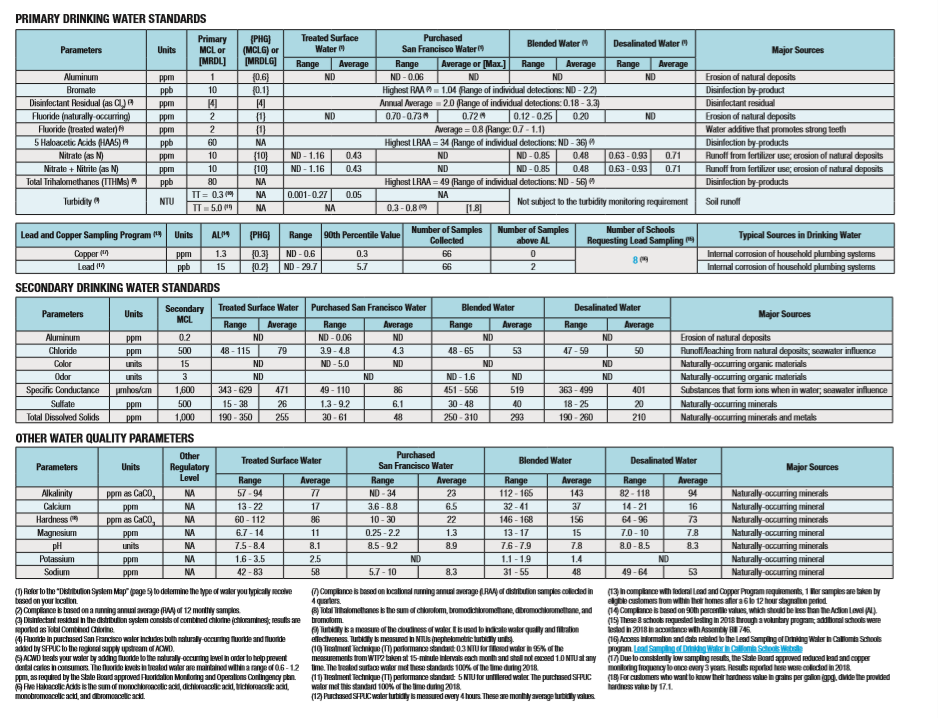Pictures below are two 1.5" TC I silver soldered to a economy kettle. I clean it after it cooled with acetone then multiple sessions of barkeepers friend. When I fill it up with water I get a milky substance forming on the solder and drifting up and down the side of the kettle. Pictures below are taken with water in the kettle. I can wipe the stuff off and it returns in an hour or two. I used Harris Stay Brite #8 and liquid stay clean flux.
Guessing it some sort of oxidation but the fact that there is visible stuffing coming into the water makes me nervous.
Q: Does this look right?
Q: OK to use?
Q: I missed the part to wipe off excess solder with a damp rag, will reheating then wiping off the excess fix the problem?


Guessing it some sort of oxidation but the fact that there is visible stuffing coming into the water makes me nervous.
Q: Does this look right?
Q: OK to use?
Q: I missed the part to wipe off excess solder with a damp rag, will reheating then wiping off the excess fix the problem?





